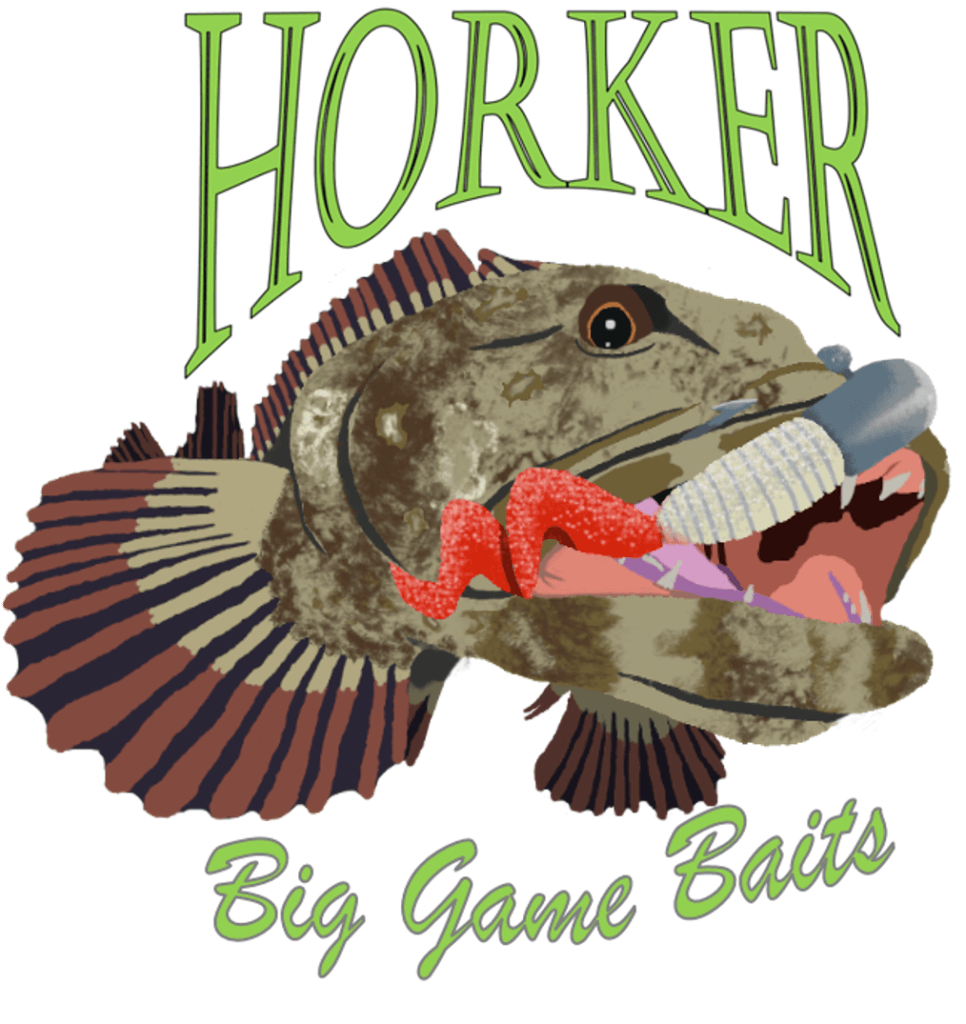Photo by John Pennell, United State Army, AK
Halibut fishing is one of the most rewarding experiences for anglers looking to test their skills and enjoy a great meal. These large, flat-bottomed fish are highly prized for their delicious, meaty flesh, and catching them can be an exciting challenge. Whether you’re a seasoned angler or a beginner, knowing how to fish for halibut can make all the difference in your fishing adventures.
This guide covers everything you need to know about fishing for halibut, including the best gear, techniques, bait, locations, and tips to increase your chances of success.
California Halibut Photo by Ed Bierman, Flickr CC
What is Halibut?
Halibut is a type of flatfish known for its large size and distinct, diamond-shaped body. There are two primary species: the Atlantic halibut (Hippoglossus hippoglossus) and the Pacific halibut (Hippoglossus stenolepis). While both species share similarities in their habitat and fishing methods, the Pacific halibut is more commonly targeted in recreational fishing, especially along the west coast of North America.
Halibut are bottom-dwelling fish, meaning they live close to the seafloor. They are opportunistic predators that feed on a wide variety of prey, including smaller fish, squid, and crustaceans.
Best Time to Fish for Halibut
Halibut fishing is most successful during specific times of the year, as the fish follow distinct migratory patterns based on water temperature, spawning cycles, and food availability.
- Spring to Early Summer: This is considered the peak halibut fishing season. As the water warms, halibut move to shallower depths to spawn. The fish are more active during this time, making them easier to catch.
- Late Summer to Fall: Halibut fishing can still be good during late summer and early fall. As water temperatures drop, halibut may move deeper, making them harder to catch. However, if you can locate their feeding grounds, you may still have success.
- Winter: Halibut fishing can be challenging during the colder months. Many halibut retreat to deeper waters, and they become less active, making it harder to land a catch.

Image by Barbara Jackson from Pixabay
Choosing the Right Gear for Halibut Fishing
Having the right equipment is crucial when fishing for halibut. They are large fish, and you need gear that can handle their strength and size.
- Rods and Reels
- Fishing Rods: A strong, medium to heavy-action rod is essential. A rod in the range of 6 to 7 feet will give you enough power to pull in large halibut. It’s important to choose a rod that is designed for bottom fishing and can handle the weight of your bait and the halibut itself.
- Reels: For halibut fishing, a conventional reel with a high gear ratio is ideal. Look for a reel that can hold a lot of line—typically, a reel with a 400-500 yard capacity is recommended. A high-capacity reel allows you to fish in deeper waters, where halibut tend to reside.
- Line and Hooks
- Fishing Line: Since halibut can weigh up to several hundred pounds, you’ll need a strong fishing line. A braided line with a 50 to 100 lb test rating is recommended, as it provides strength and durability. The braided line also offers better sensitivity to bites, which is important when fishing in deep water.
- Hooks: The hook size for halibut fishing should be large and sturdy. A hook size between 6/0 to 12/0 is ideal, depending on the size of the halibut you’re targeting. Circle hooks are often preferred as they help prevent deep hooking, increasing the chances of catch-and-release success.
- Terminal Tackle and Weights
- Sinkers/Weights: Halibut are bottom-dwelling fish, so you need to use weights heavy enough to get your bait down to the seafloor. A standard weight size for halibut fishing is between 8 and 16 ounces, but this can vary depending on the depth of water and current conditions.
- Leader Line: Use a leader line to attach your hook to your main line. The leader line should be 80 to 100 lb test and about 3 to 5 feet in length, as it provides the strength needed to withstand halibut’s powerful bites.
Best Techniques for Halibut Fishing
Halibut are often found at the bottom of the ocean, so bottom fishing is the most effective method. Here are the main techniques to consider when fishing for halibut:
- Bottom Fishing (Anchored or Drift Fishing)
- Anchored Fishing: One of the most common techniques for halibut fishing is to anchor the boat over a productive fishing area. Once anchored, drop your baited hook straight down to the seafloor and wait for a bite. This method works well if you know the halibut are in the area and are feeding.
- Drift Fishing: Drift fishing involves letting the boat drift with the current, allowing your bait to cover a large area. This is an effective way to locate halibut when you are unsure about their exact location. Use a GPS or sonar to monitor the depth and ensure your bait stays on the seafloor.
- Jigging
Jigging is another popular technique used in halibut fishing. It involves using a heavy, weighted jig to mimic the movement of small prey fish. The jig is dropped to the bottom, and then you alternate between quick jerks and steady retrievals. The movement of the jig often triggers a halibut to strike. This technique works well in deeper waters, especially in regions where halibut are less likely to bite stationary baits.
- Trolling (For Shallow Halibut)
While trolling is not as common for halibut, it can still be effective in shallow areas where halibut are more likely to be feeding closer to shore. When trolling, use a heavy weight to get your bait deep enough and move slowly to cover more ground. This technique is best used when you know halibut are in the area, and you want to find them more quickly.
 Horker Soft Baits Twister Bomb Curly Tail Grub
Horker Soft Baits Twister Bomb Curly Tail Grub
Choosing the Best Bait for Halibut
Halibut are carnivorous and feed on a wide variety of prey. Here are the best bait options to use when targeting halibut:
- Live Fish: Halibut are often attracted to live fish like herring, anchovies, and sand lance. Live bait has the advantage of natural movement, which entices halibut to strike.
- Cut Bait: Cut pieces of fish like mackerel, squid, or herring can also work well. These types of bait provide scent that halibut can detect from a distance, and their size can attract larger fish.
- Soft Baits: Soft baits are very popular for catching halibut. They mimic the appearance of halibut’s natural food sources. Among the most effective are 8” to 12” curly tail grubs, 8” to 12” Twin Tail grubs, Skirted Grubs, and large eel baits from 7” to 14” in length.
- Squid: Halibut are particularly attracted to squid, and it’s often used when fishing in deeper waters. Squid can be used whole or in cut-up pieces, depending on the size of the fish you’re targeting.
Image by Aarron Schmidt, Seward, AK
Where to Fish for Halibut
Halibut are most commonly found in cold, deep waters where the seafloor provides ample opportunities for them to hunt. Here are some key areas to focus on when fishing for halibut:
- Shallow Flats: During the spawning season, halibut often migrate to shallow areas where the water is less than 100 feet deep. These flats are ideal places to fish for halibut in spring and early summer.
- Drop-offs and Ledges: Halibut love structure, such as underwater drop-offs, rocky ledges, and trenches. These areas provide ideal ambush spots for halibut to hunt prey. Using sonar to find these structures can significantly increase your chances of success.
- Deepwater Locations: Outside of spawning periods, halibut move to deeper waters (200-400 feet). You can find them around deep reefs, underwater canyons, and other types of underwater structure. Halibut are less active in these deeper waters, but they are still catchable if you use the right techniques.
Halibut Fishing Safety and Tips
Halibut fishing can be physically demanding, so always keep safety in mind:
- Wear a Life Jacket: Regardless of your experience, always wear a life jacket while out on the water.
- Check the Weather: Halibut fishing often involves being out on the ocean, where conditions can change quickly. Always check the weather forecast before heading out.
- Use a Gaff or Net: Halibut are large fish, so use a gaff or net to safely land them without causing injury to yourself or the fish.
In Conclusion
Fishing for halibut is an exhilarating and rewarding experience, especially when you have the right knowledge and gear. By understanding halibut behavior, using the right equipment, and employing effective fishing techniques, you can increase your chances of landing one of these amazing fish. Whether you’re fishing in shallow flats, deep waters, or using live bait, the key to success lies in patience, persistence, and preparation.
By following the strategies outlined in this guide, you’ll be well on your way to catching halibut and making lasting memories on the water. We hope you enjoyed this information and if you’d like to buy our soft baits for your up and coming Halibut fishing adverture click here.
SEO Keywords: Halibut fishing techniques, how to fish for halibut, best time to fish for halibut, halibut fishing bait, halibut fishing gear, halibut fishing locations, halibut fishing tips, best rod for halibut fishing, halibut fishing tips for beginners




